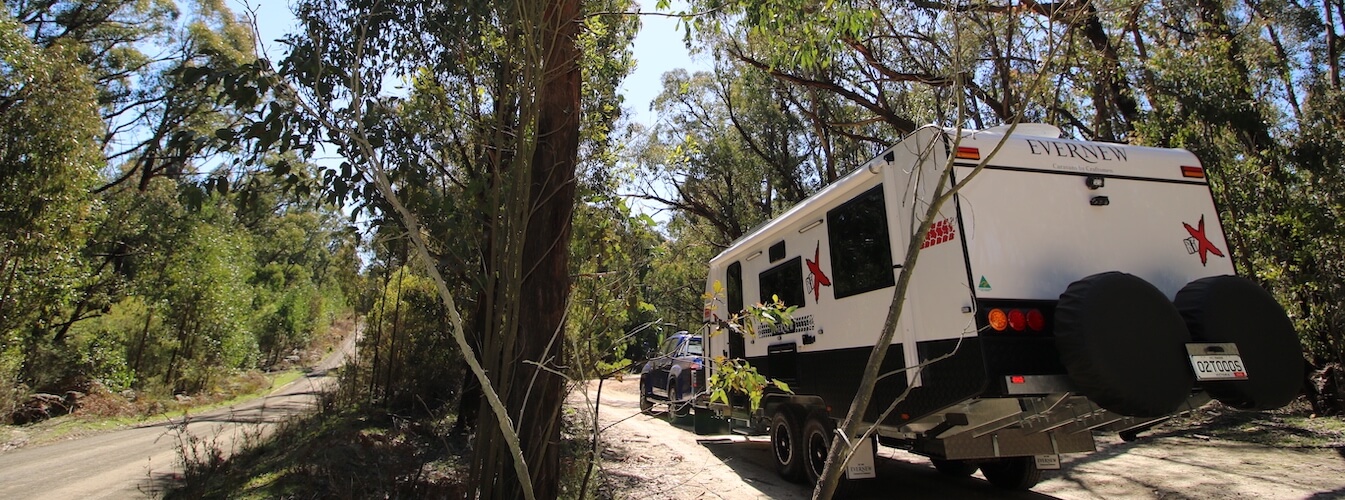When we buy a caravan, we mostly think about what it will be like to live in, and how easy it will be to tow and park.
But what lurks beneath? What makes your caravan hold together, stay on the road and follow your car without toppling on a corner? How does it stand by itself when you uncouple the car?
Understanding your caravan is an important part of caring for it. The running gear – including the axles, brakes, suspensions and corner steadies– is a crucial component of your touring experience and needs regular maintenance and checks, so it is important to become familiar with it.
What lurks beneath?
Understanding your caravan will help you keep it in tip-top shape. Let’s take a look at what you’re likely to find underneath your van.
Chassis: The chassis is designed for the body of the caravan and its floor plan to give strength and support exactly where it is needed. It’s the framework or skeleton of the caravan, so regular inspections are essential as cracks or bending can quickly become unsafe. Most caravan chassis are made using galvanised steel called SupaGal® or DuraGal® or are galvanised after construction.
Axles: Many caravans have a single axle, though larger, heavier caravans are likely to have twin axles with two pairs of wheels to better carry the weight. Generally, vans with single axles are easier to manoeuvre than those with double axles.
Brakes: Depending on the weight of your caravan, there will be brakes on at least one axle or all wheels. These might be overrun or electric brakes.
Electronic Stability Control (ESC): If you have an ESC system installed for electric brakes, it will be the black box positioned behind the axle at the point where lateral movement can be consistently measured.
Suspension: There are a number of different types of suspension you might find under your caravan, such as leaf springs, torsion rubber, coils and airbags, depending on how you plan to use it.
1. Rocker Roller spring leaf suspension system: Is commonly chosen for predominantly asphalt use, since it distributes the load across the entire chassis with the least amount of stress from lightly corrugated roads.
2. Airbag suspension: Is likely to be installed on a van that is destined for off-road use.
3. IRS (independent rubber suspension) axle: Covers everything from dirt tracks to freeways.
Apart from the major structural elements under your caravan, you might also find corner steadies, landing legs or jockey wheels, all of which help with its mobility and stability.
Corner stabilisers, or steadies, are designed to stop the van from tipping when you walk around inside it. The ‘drop down’ corner steady version is the easiest to use. They are not load bearing, and can’t be used to jack up a caravan to change a flat tyre. They steady the van when stationary.
Understanding your caravan is essential for maintenance, so it’s a good idea to become familiar with the undercarriage of your van. No doubt you’ll do regular checks (at least before every trip), but if you are in any doubt about your caravan’s condition, take it to your nearest authorised dealer or repairer to get an inspection.
Also, when buying a second-hand van, make sure you look underneath for corrosion or cracks, and check the condition of springs or dampers (where fitted) and brake linkages.
Take a look at our checklist on what to look for in a second-hand caravan to see what else you should know about pre-loved vans.





